








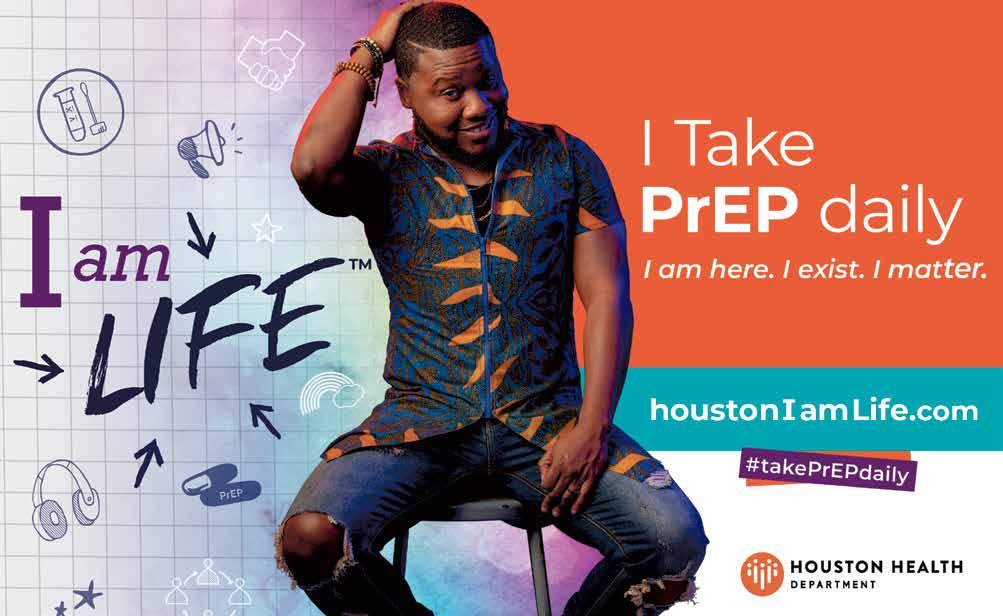
including aching, nagging, burning, stabbing and nauseating. The impact of acute pain goes beyond the physical. Advil's research shows that younger people are giving up the things they love due to pain, such as sports, hobbies and even work.
2. Try hot and cold therapy
sore back. That stiff joint. Another headache. With so much time being spent at home, you're probably noticing more of your daily aches and pains. Many people tend to envision pain only impacting older people, and while everyone's pain is unique, you might be surprised to learn that pain impacts younger generations just as much as older people.
If you are experiencing acute pain, consider a proactive approach you can manage at home to help find relief. Here are three simple things to try:
1. Explore new innovations in OTC medicine
The vast majority (95%) of U.S. adults ages 25 to 65 report feeling "everyday" aches and pains, according to a survey conducted by Advil Dual Action, in partnership with Wakefield Research. Nearly three-quarters (72%) experience these pains once a week or more.
What's interesting is that younger people report experiencing just as much pain as older generations. In fact, Advil found that one-third (34%) of young adults report experiencing pain every day, nearly equal to that of Gen Xers (36%) and Boomers (35%).
With younger people trying to find new ways to keep active while staying at home more often, awareness of acute pain may be heightened. This unprecedented year has left many exercising in less-than-ideal conditions, and makeshift home gym setups could lead to bothersome aches and pains, leaving many desperate for relief.
What is acute pain exactly? Acute pain can happen anywhere in the body and feel like a number of sensations,
When experiencing aches and pains, many Americans turn to two of the most common pain-fighting ingredients: ibuprofen and acetaminophen. Ibuprofen works throughout the body, targeting pain at the source, while acetaminophen blocks pain signals to the brain. While previously, people would have to choose between the two ingredients, Advil now offers a combination that combats pain in a truly unique way. Advil Dual Action is the first and only FDA- approved combination of ibupro - fen and a cetaminophen and the biggest innovation in the U.S. over-the-counter oral pain relief category in 25 years. It offers the benefits of both ingredients at once to provide up to eight hours of multi-symptom pain relief. Plus, it contains lower total daily doses of medication than ibuprofen or acetaminophen taken individually. Advil Dual Action is available over-thecounter (OTC) nationwide.
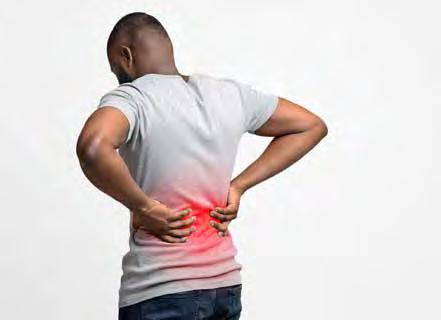
Another method for relieving aches and pains is hot and cold therapy. Applying heat to painful joints or muscles can help soothe aches and soreness by increasing blood flow. For example, for stiffness or tension, use a heating pad for 15 minutes on the affected area. Alternatively, a cold compress can slow blood flow, helping to reduce swelling and pain. This is often used as a temporary treatment for pain associated with an injury, such as an ankle sprain. For example, cold therapy can be used on a sore joint by applying a cool gel pack for 10-minute increments at a time, helping you feel better while the body heals.
Many people who experience pain find that they are less likely to engage in physical exercise, for fear that it will exacerbate their pain. To compound the negative, the global pandemic has made it more difficult to get out and exercise. Routines have changed and reduction in movement can lead to additional acute pain. That's why it's important to find ways to incorporate movement into your daily routine. This can be as simple as doing gentle stretches each day for 10 minutes when you wake up or taking a walk around the neighborhood at lunch. Movement can help increase blood flow, reduce stiffness and strengthen the body, which can support short and long-term relief. While acute pain may be common among younger people, it doesn't have to be a fact of life. These simple steps can help anyone feel better and live life fully.
The first wave of coronavirus vaccines should reach the public soon, with the Centers for Disease Control and Prevention (CDC) recommending that all adults receive the vaccination in 2021.
While the CDC said there should be enough doses for as many as 20 million people to receive vaccination by the end of December, health officials expect a much larger supply in the coming months.
Still, with a justified distrust of unproven vaccines, and a perceived limited participation by African Americans in clinical the trials that lead to the development of the COVID-19 vaccine, many questions whether African Americans will accept vaccination.
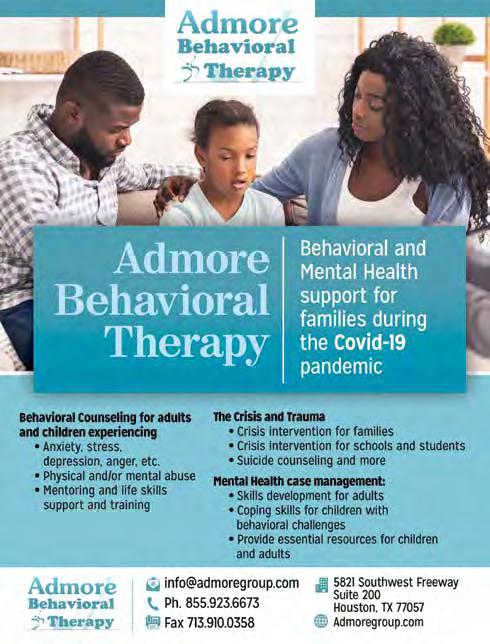
Others are also concerned that, even if the Black community generally accepts the vaccine, would doses be available.
“I’m guessing white folks will be first in line,” Monica Roderick, a Temple Hills, Maryland mother of four, opined.
“One of the reasons I shudder when I hear people talk about how Black people are still suspect because of t he Tuskegee Experiment and other vaccines that ended wrong is because it tends to give other folks the greenlight to leave us out,” Roderick said.
She continued:
“This virus is the worst thing the world has seen in 100 years. It’s too important not to consider the vaccine, especially since most people affected by the coronavirus are Black and Brown.”
Putting whether the Black community can trust the vaccine aside, the next controversy on the immediate horizon is whether African Americans will have access.
The initial supply certainly will overwhelm demand, CDC officials said. The federal government plans to distribute the vaccine in phases.
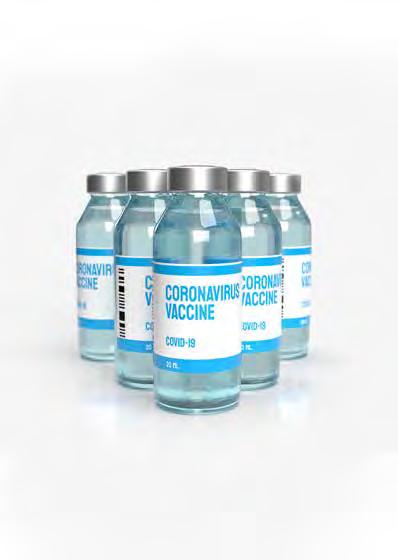

Health care workers and patients in long-term health care facilities are first in line.
According to guidelines, senior citizens and those with high-risk comorbidities and essential workers are next.
After that, state and local government officials will determine who next receives a vaccination.
So far, most states have yet to develop a concrete plan.
The outline reportedly provided suggested no explicit details about reaching marginalized populations like the Black community who have suffered the most.
“I’m looking at social media, and I’m seeing [Former President] Barack Obama saying he’ll take the vaccine on television, and I’m shaking my head,” said Tonia Everhart, a Northeast, Washington, D.C., nurse.
“First, understand that Obama isn’t necessarily the most trusted voice in the Black community, and he’s not a doctor.
“While I understand what he’s trying to do to encourage participation and eliminate fear, our community needs Black medical professionals, trusted voices, to say it’s okay to take the vaccine and then we need to be assured that we are not going to be left behind when the vaccine becomes available,” Everhart demanded. Health officials agreed.
“You need that deep community engagement to strategize a nd inform what needs to be done, community by community,” Eric Toner, a senior scholar with the Johns Hopkins Center for Health Security, who was the lead author for Johns Hopkins’ Covid-19 vaccine allocation framework, told NBC News.
That means engagement of local leaders, from pastors to principals, to reach hesitant individuals, he said, adding that such strategies are particularly key to reaching historically marginalized and disenfranchised communities.
“That is a public health priority not only for ethical and moral reasons but because that’s where a lot of the transmission of the disease is happening,” Toner added.
“It’s absolutely true that we can’t reach them solely through public messaging,” Toner continued.
“States need to be working now to create the relationships in those communities with trusted leaders to encourage people to seriously think about getting vaccinated.”
Source: NNPA
The coronavirus pandemic has shed light on the dangers of rampant overuse of harsh chemicals in products we use every day to clean our skin, homes, offices and public spaces - making natural and skin-friendly cleaning solutions more important than ever. A recent CDC study, "Cleaning and Disinfectant Chemical Exposures and Temporal Associations with COVID-19," warns Americans to be vigilant when using harsh cleaning products (including sprays, wipes and hand sanitizers), citing a dramatic increase in accidental poisonings compared to the last two years. For example, in 2020 alone, U.S. poison control centers responded to 18,292 exposure cases from hand sanitizer in children 12 years and under. Additionally, the FDA recalled 178 alcohol hand sanitizer products that contained dangerous and toxic ingredients for humans, pets and plants - like methanol and 1-propanol.
So, what is safe? Here‘s a short list:
1. The base for most disinfectants contains toxic chemicals like alcohol, bleach and acid, which quickly lose their effectiveness. In contrast, Disinfect & Shield Surface Cleaner kills on contact and protects for 28 days against viruses, bacteria, molds and fungi, such as strains of SARS, H1N1, E. Coli, and harmful microbes, including the coronavirus. Extensive third party and university testing has proven the product's effectiveness as none of these organisms were able to penetrate or survive contact with the protective coating. Disinfect & Shield is both eco-friendly and safe for use around humans, animals and
plants - including crops. Any place where people gather to work or play should be kept free from harmful elements, which is why airports, airlines, hospitals, bars, night clubs and fitness facilities are all reconsidering their cleaning protocols, especially around food preparation. Disinfect & Shield is safe to use on personal protective equipment to provide additional safety and confidence to first responders and medical professionals. Additionally, the FDA-listed Disinfect & Shield 8-Hour Hand Sanitizer has been proven effective against SARS-Cov-2, harmful bacteria and viruses for up to 8 hours and 10 hand washings. It lasts 700x longer than leading alcohol-based hand sanitizers. While the Laundry Complete sanitizes, deodorizes, and softens all fabrics during washing cycle providing virus, bacteria, and germ protection for up to 200 days after cycle.
2. With as many as 45% of Americans reporting sensitive skin, it is important to take into account how many commonly used household items contain allergens or irritants that might cause skin irritation and discomfort. Many laundry detergents include chemicals and ingredients like surfactants, parabens, dyes and artificial fragrances. Instead, choose skin-friendly substitutions to ensure the health and wellbeing of your family is protected.
Hypoallergenic Arm and Hammer Sensitive Skin, Free & Clear Laundry Detergent is a preservative-free and safe detergent to clean everything from clothing to household linens to protect skin from harsh, reaction-producing allergens.

3. The harsh chemicals suggested to kill SARSCoV-2, the virus that causes COVID-19, as well as other dangerous viruses, bacteria, E. coli, Salmonella, Staph and MRSA also kill the good bacteria. Our environments and bodies need these good bacteria to fight infections and protect our immune systems, making it critical to add environmental probiotics to our cleaning regimens at home, in office buildings and in public places. Chemical-free P2 Probiotic Power products offer external probiotic technology to deliver a stronger defense barrier than antibacterial products, disinfectants and bleach. Our environment, just like our body, has an immune system that plays a key role in our overall health. The best way to boost and balance the environmental immune system is to use P2 probiotics to replenish and correct the balance of good bacteria on surfaces, in the air, on your skin and in/on your pets. If we continue to use cleaning products with harsh chemicals that kill good bacteria, we will see more virulent strains of superbug bacteria, mold, fungus and mildew - because microbes always have the last word.
Remember: take caution when using traditional household cleaners containing alcohol, bleach, and acid as they quickly lose their effectiveness, destroy surfaces, and harm skin. Instead opt for external probiotics that replenish the good bacteria that help us stay healthy and protected. In addition, look for products that not only kill viruses and bacteria, but also offer long-term protection against them and prevent dangerous organisms from attaching. Now more than ever, make sure to choose skin-friendly surface cleaners, laundry detergents, and hand sanitizers to keep your loved ones healthy, comfortable, and safe.
Source: BPT
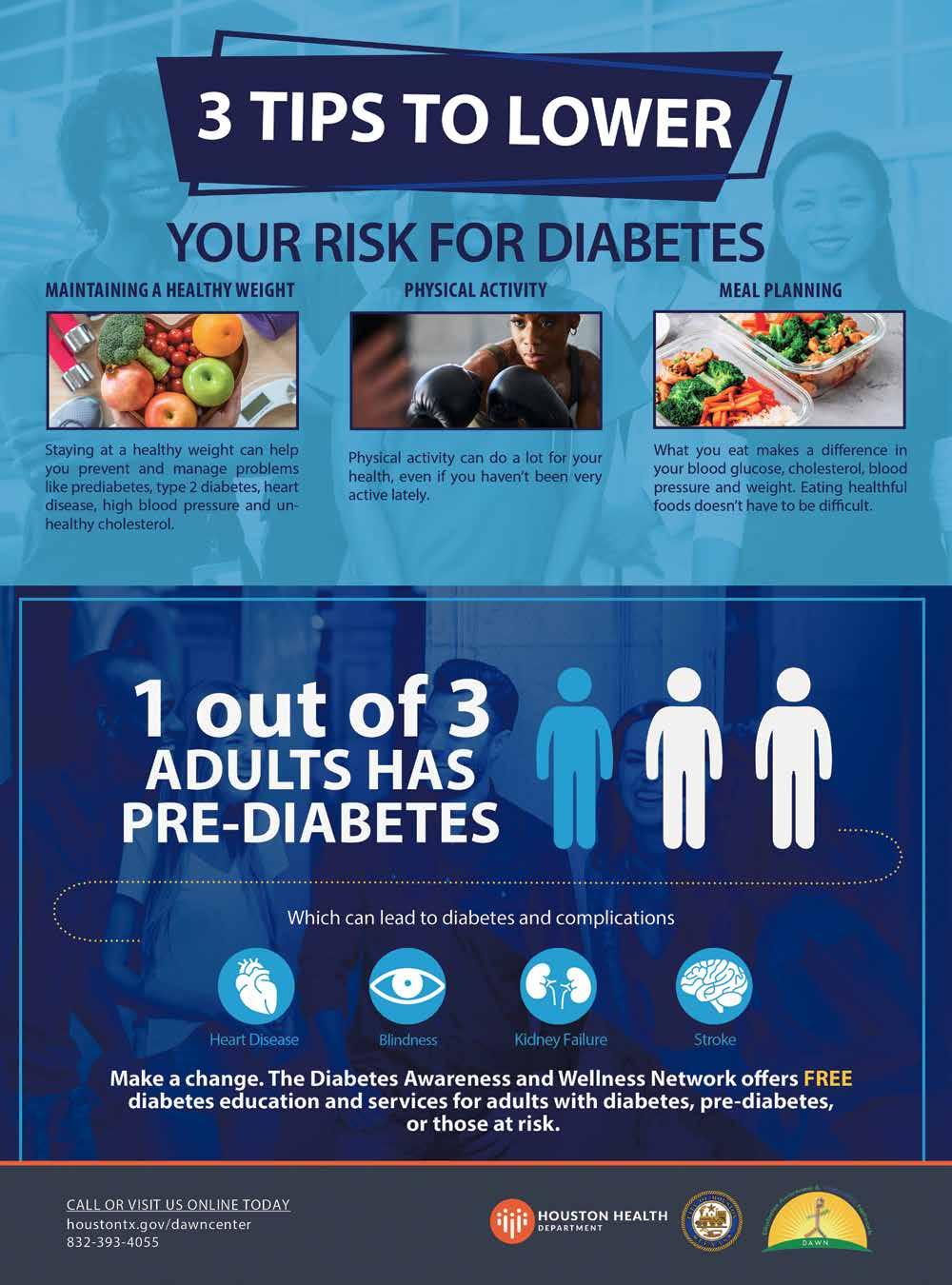
January is Glaucoma Awareness Month, a great opportunity to spread the word about a disease that affects more than 3 million people in the United States. Since glaucoma often strikes without symptoms and can cause significant vision loss before a person notices changes in their eyesight, it's critical to learn what you can do to protect your eyes.
Taking steps to protect your vision is more challenging this year because of the continued impact of the COVID-19 pandemic on our daily lives. January is also typically a time of flux in health insurance coverage with plan changes, deductible and co-pay resets, and prescription plan updates. However, despite these challenges, protecting your vision should remain a priority.
Here are three things you can do to take control of your eye health this month.
1. Schedule an annual eye exam

Early detection and treatment are paramount to managing glaucoma and other vision-threatening conditions. That's why it's critical to have an annual eye exam, particularly if you're over the age of 40. Since some forms of glaucoma are inherited, it's also important to talk with family members to see if there is any history of the disease within your family. It may not be something your family members have talked about before! This will be valuable information to share with your eye doctor during your exam.
"Glaucoma Awareness Month is a great time for a candid conversation about glaucoma within your family," says Tom Brunner, president and CEO of the Glaucoma Research Foundation. "If you have a family history of
glaucoma you may be at higher risk for developing the condition. The earlier glaucoma is detected, the more manageable the disease may be to treat."
2. Maintain your current eye care plan
While the pandemic has caused many people to consider delaying in-person medical appointments, it's very important to keep scheduled office visits if you have been diagnosed with glaucoma. Your eye doctor needs to see you periodically to ensure that your vision is stable and adjust your treatment plan if needed.
If you are concerned about the safety of in-person office visits, you may be pleasantly surprised by the comprehensive steps your eye care provider has taken to help keep you safe. When you make your appointment, the office staff will let you know about any new safety protocols and requirements.
"Social distancing and other protective measures are changing the in-office patient experience," says Dr. Richard Lewis, a practicing glaucoma specialist and chief medical officer at Aerie Pharmaceuticals. "Among the steps we have taken at my practice are plastic shielding on the instruments, requiring staff and patients to wear masks, and minimizing waiting room and exam room 'chair' time."
It's also important to continue taking prescribed medications as part of your ongoing glaucoma care. One common reason why people stop taking their medications is because of the cost. The key is to understand
your prescription benefits, particularly what medicines are covered, as well as when annual deductible resets and co-pay adjustments occur.
When filling your prescriptions, it may also help to shop around. The price for a medication can vary from one pharmacy to the next, with preferred pharmacies associated with your health plan usually offering the more competitive price. If you are on a Medicare Part D drug plan that doesn't cover your medication, your doctor may be able to submit a prior authorization to allow you to get it. In addition, if you have commercial insurance and are taking a brand medication, the pharmaceutical company may be able to assist you financially in the form of prescription savings programs.
3. Understand your treatment options
Ongoing scientific research and clinical development in the field of glaucoma have brought forward an array of new medical interventions. In fact, today your eye doctor has more options to treat glaucoma and provide personalized care than ever before. Become your own advocate by learning about all the treatment options that are available and discussing your specific needs with your doctor.
A valuable starting point is "Understanding and Living with Glaucoma," a free booklet published by the Glaucoma Research Foundation. It can be downloaded or ordered at www.glaucoma.org/booklet. The foundation's website also offers a wealth of resources to help you take control of your eye health during Glaucoma Awareness Month and beyond.
Source: BPT